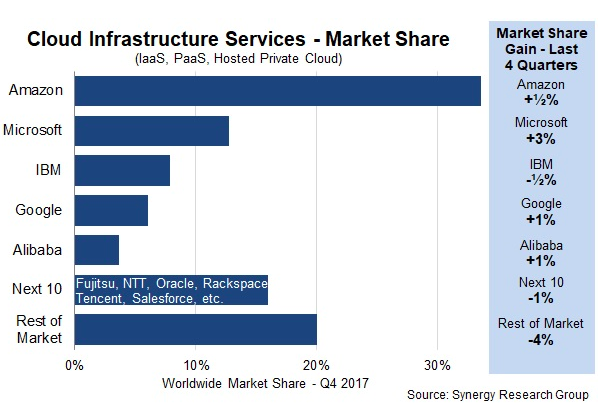Clubhouse penetrasyonu hepimizi şaşırttı. Ne twitter, ne facebook'ta görmediğimiz inanılmaz bir hızla 3 Şubat 2021 itibariyle 2 milyonun üzerinde kullanıcıya ulaştığı söyleniyor. Neredeyse tüm iphone kullanıcıları clubhouse'u test etti.
Bazılarımız için konu test etmenin ötesine geçti, bağımlılık yarattı. Odalar arasında konudan konuya dolaşmak sürekli bilgi akışı olan tv kanallarını zaplamak gibi bir etki yarattı üstümüzde.
Clubhouse'un ilk çıktığı yer olan ABD'de daha uzun süredir oda açmayı ve yönetmeyi deneyenler nasıl moderatör olunur başlıklı odalar da açıyorlar.
Bu odalarda konuşulanların bir kısmını bu yazı ile özetleyeceğim. Bunlar benim fikirlerim değil, bahsettiğim odalarda verilen fikirler:
- Bir kaç farklı oda tipi dolayısıyla da bir kaç farklı moderatörlük tipi olabiliyor.
* Debate-tartışma türü iki fikrin destekleyicilerinin birbiriyle "debate" yaptığı tarz. Bu durumda moderatörler sırasıyla her iki fikrin savunucularına söz verir.
* Lecture- ders veren bilgilendirme amaçlı. Örneğin "moderatörlük nasıl olmalı" şeklinde odayı açanlar bu şekilde dinleyicilerini bilgilendiriyorlardı ve genelde söz vermeyip kendileri konuşuyordu. Hatta soruları da clubhouse üzerinden değil başka bir platformdan alıyordu.
* Chat- sohbet tarzı. Bu tip odalarda belli sayıda insan kendi tanıdıkları ile sohbet ederken genelde kendi tanıdıkları kişileri konuşmacı yapıp sohbeti devam ettiriyor. Örneğin Türkiyede geceleri devam eden magazin ünlülerinin odaları...
* Interactive- radyo tipi dinleyicilere sırayla söz veren ve bir genel konu etrafında dönen odalar. Bu şu anda Türkiyede en popüler olan oda tipi. Her akşam Clubhouse'un prime time'ı 21:00 civarında başlayıp devam eden programları da, sabah programlarını da bu kapsamda sayabiliriz.
Moderatörlerin yeşil iconunu twitter'ın mavi ikonuna benzetenler var. Fakat buradaki işlev çok farklı. Moderatörler hem söz verme, hem konuşmacılar arasına alma, hem odayı kapatma, hem klasik manasıyla konu akışını sağlama görevini yerine getiriyor.
Odayı açmadan önce ana moderatör diyebileceğimiz kişi konuşulacak konuyu seçiyor ve yanına başka moderatörler de alıyor. Teknik bir sebeple ana moderatörün bağlantısı kesildiğinde odanın kapanmaması için bu şart. Ayrıca moderatörler hem konuşup hem de dinleyiciler arasından konuşmacı olmayı bekleyen kişileri sahneye alma görevini tek başlarına yapmakta zorluk çekebileceği için 1 veya 2 yan moderatör şart.
Sahne yönetimi için öncelikle insan ilişkileriniz, iletişiminiz iyi olmalı. Tartışma çıkartma değil tartışmaları yönlendirme hedefiniz olmalı. Sahneye gelen kişilerin hızlı konuşması ve söyleyeceklerini tamamlayıp sözü bırakmaları ideal olan. Türkiyede şimdilik tam olarak uygulanamayan bu işleyiş için moderatörlere iş düşüyor.
Yan moderatörler (co-moderator) moderatörlere eşlik edeceği için moderatörün tanıdığı ve tarzını bilen bir kişi olmalı. Zaman zaman sahnenin yönetimini alabilmeli. Ayrıca moderatörler aralarında tartışmaya girmemeli.
Fakat bu saydıklarımız ideal ve bir toplantı tarzında olan odalar için geçerli. Tabii ki her oda ve her grup tamamen kaos içinde bir odada da mutlu olabilir.
Moderatörlükte zaman yönetimi de önemli. Ana moderatör ve yedek moderatör gerekirse clubhouse'un arka tarafında başka bir platformdan da iletişim kurabilmeli. Hem grubun süresi hem söz alan kişilerin süresi moderatör tarafından kontrol edilmeli.
Moderatörler iletişimlerinin sert olmamasına dikkat etmezse dinleyiciler sahneye çıkmaktan çekinebilir. Sahneyi kontrol edin, fakat silah olarak kullanmayın. Kimse sahneye çıkmaktan korkmamalı. Rahat hissetmeli. Bazen konuşmacılar mute etmeniz de gerekebilir.
Şimdilik ABD'deki moderasyon ile ilgili aldığım notlar bunlar. Tabii ki herkes istediği gibi odalar açıp istediğini istediği tarzda konuşmakta özgür. Clubhouse'un güzelliği de bu.


